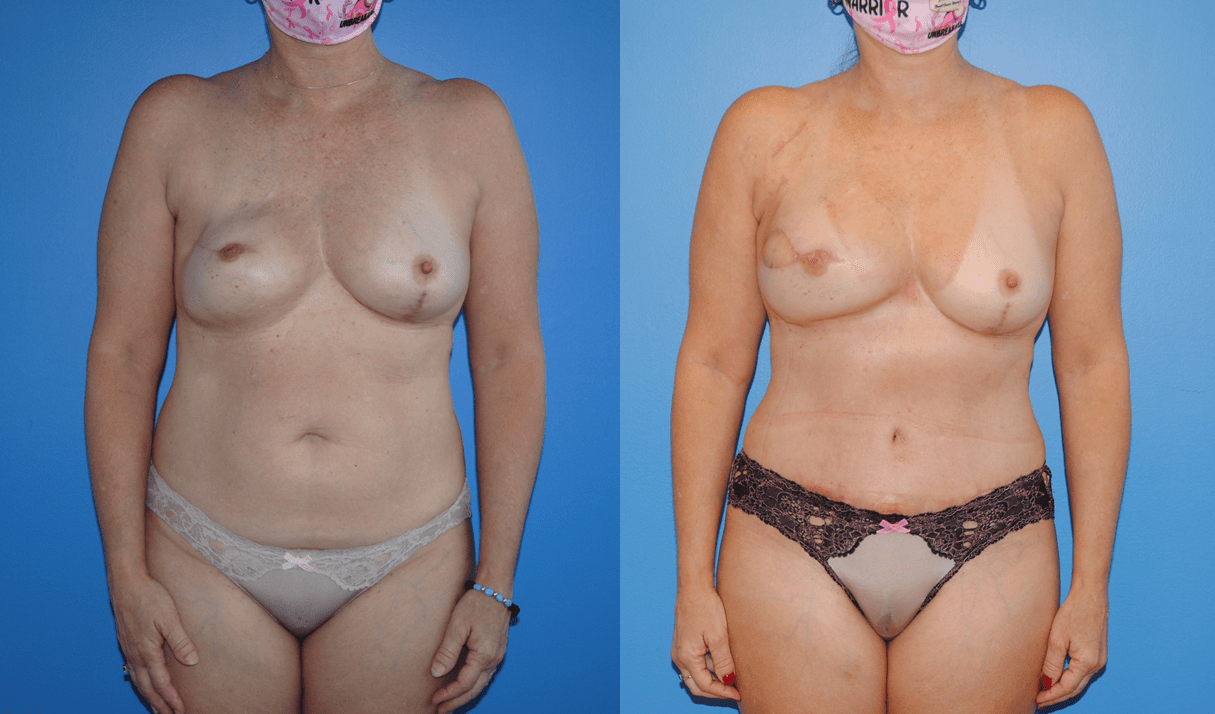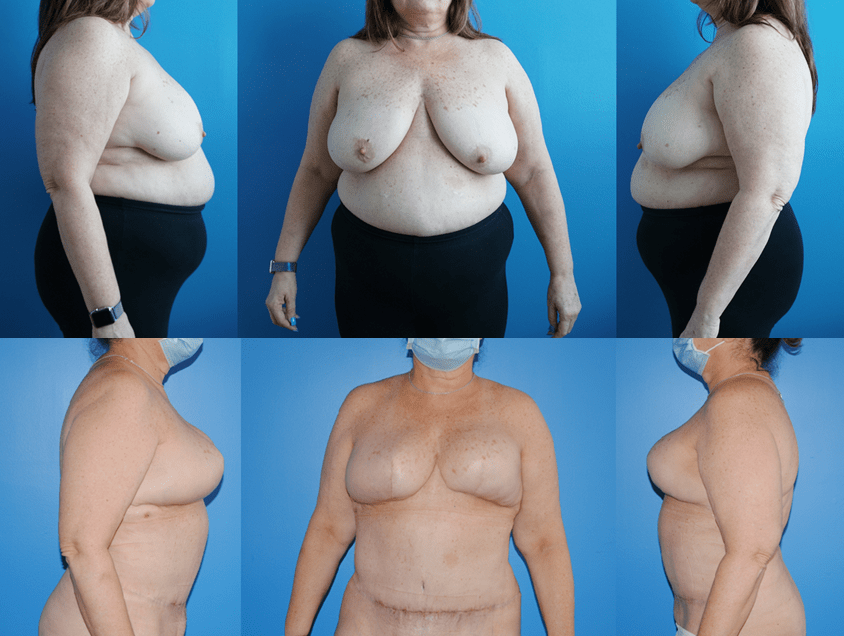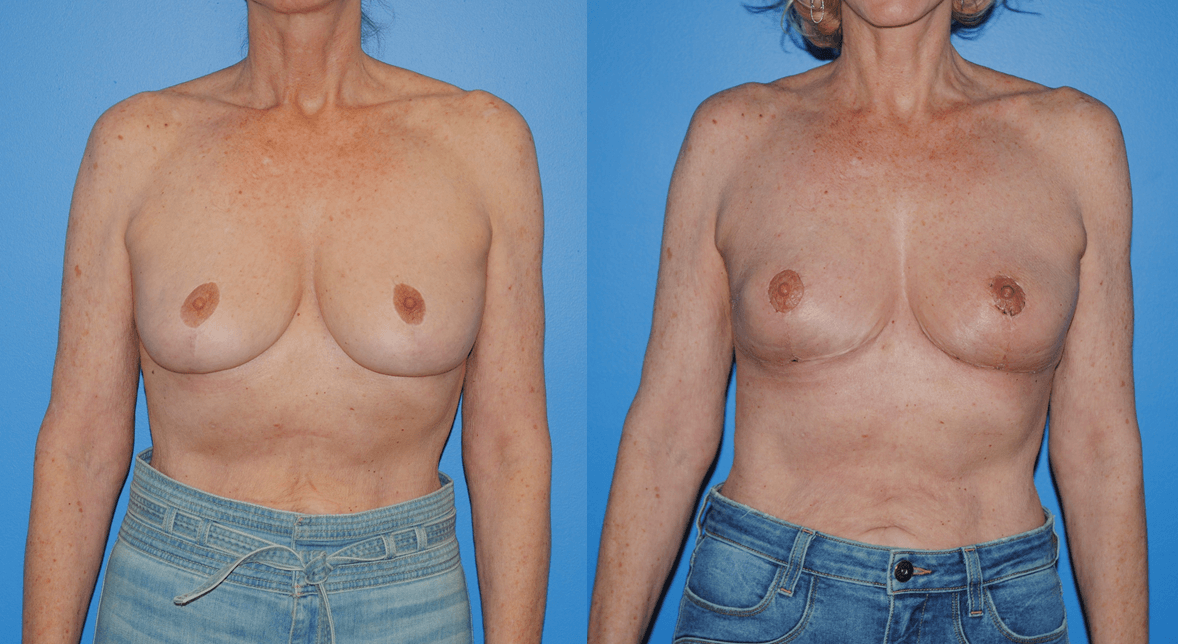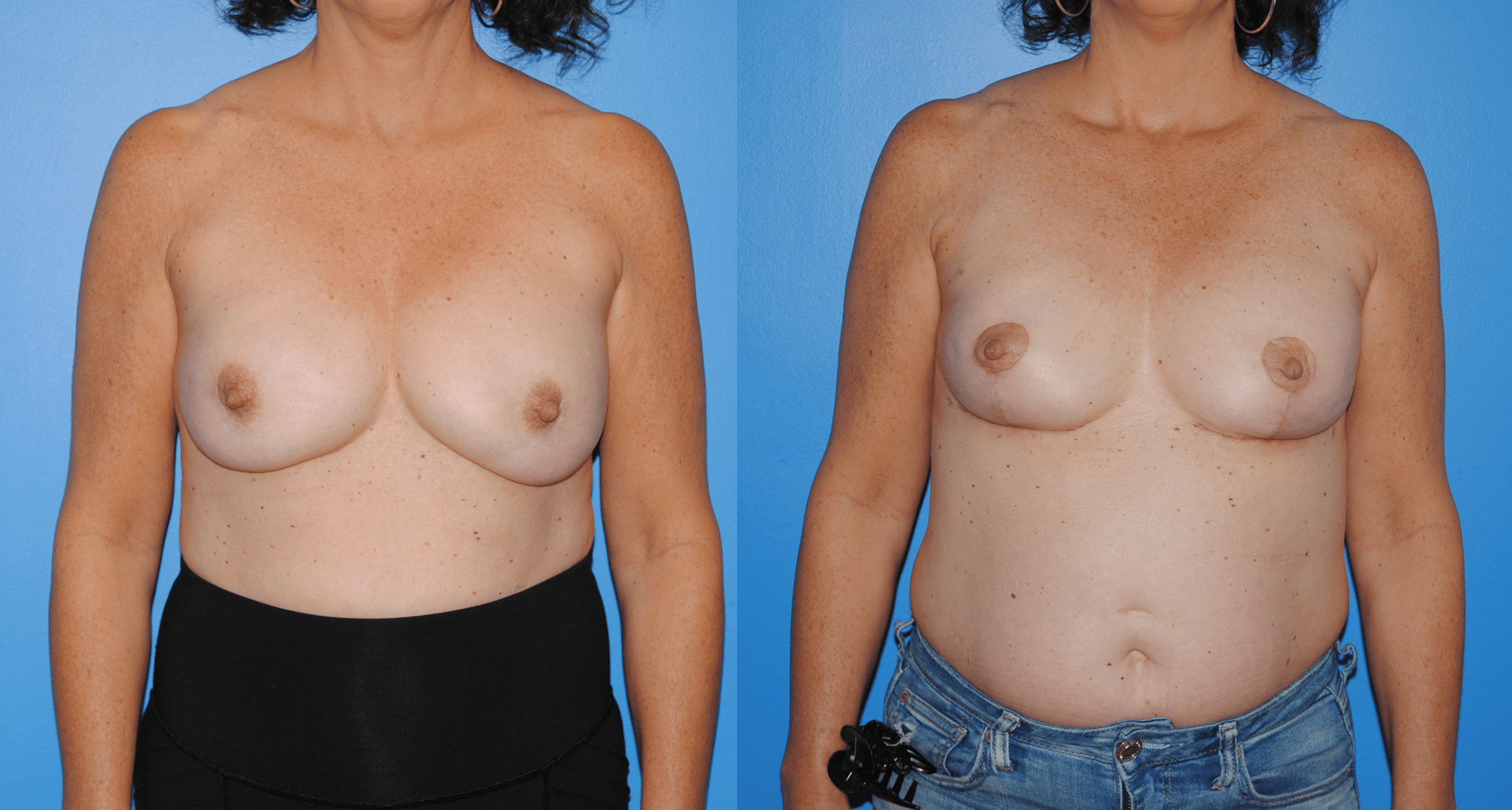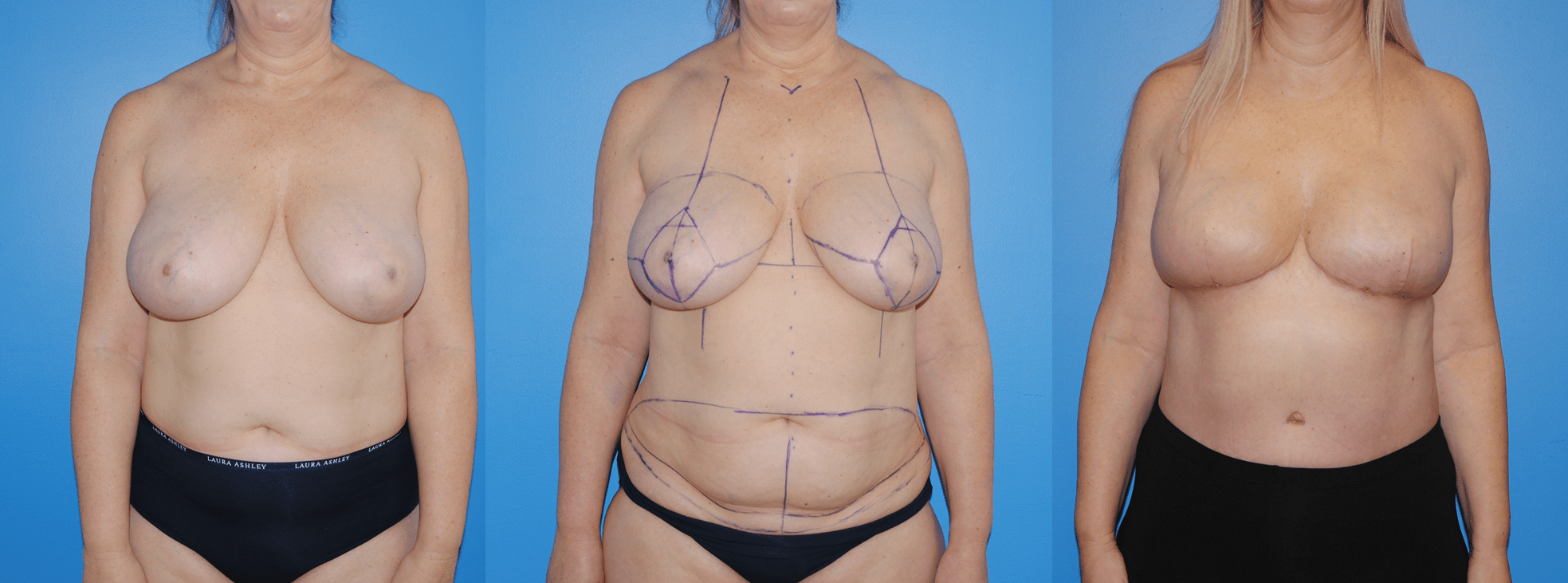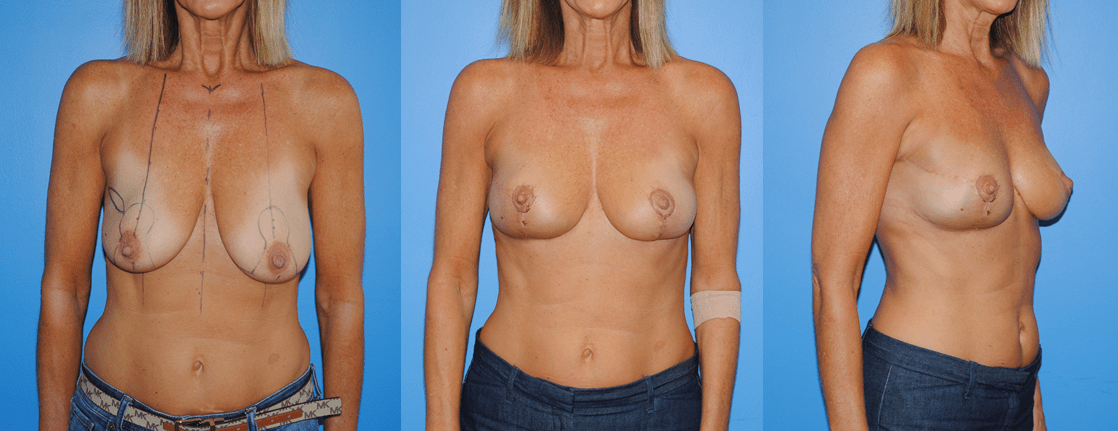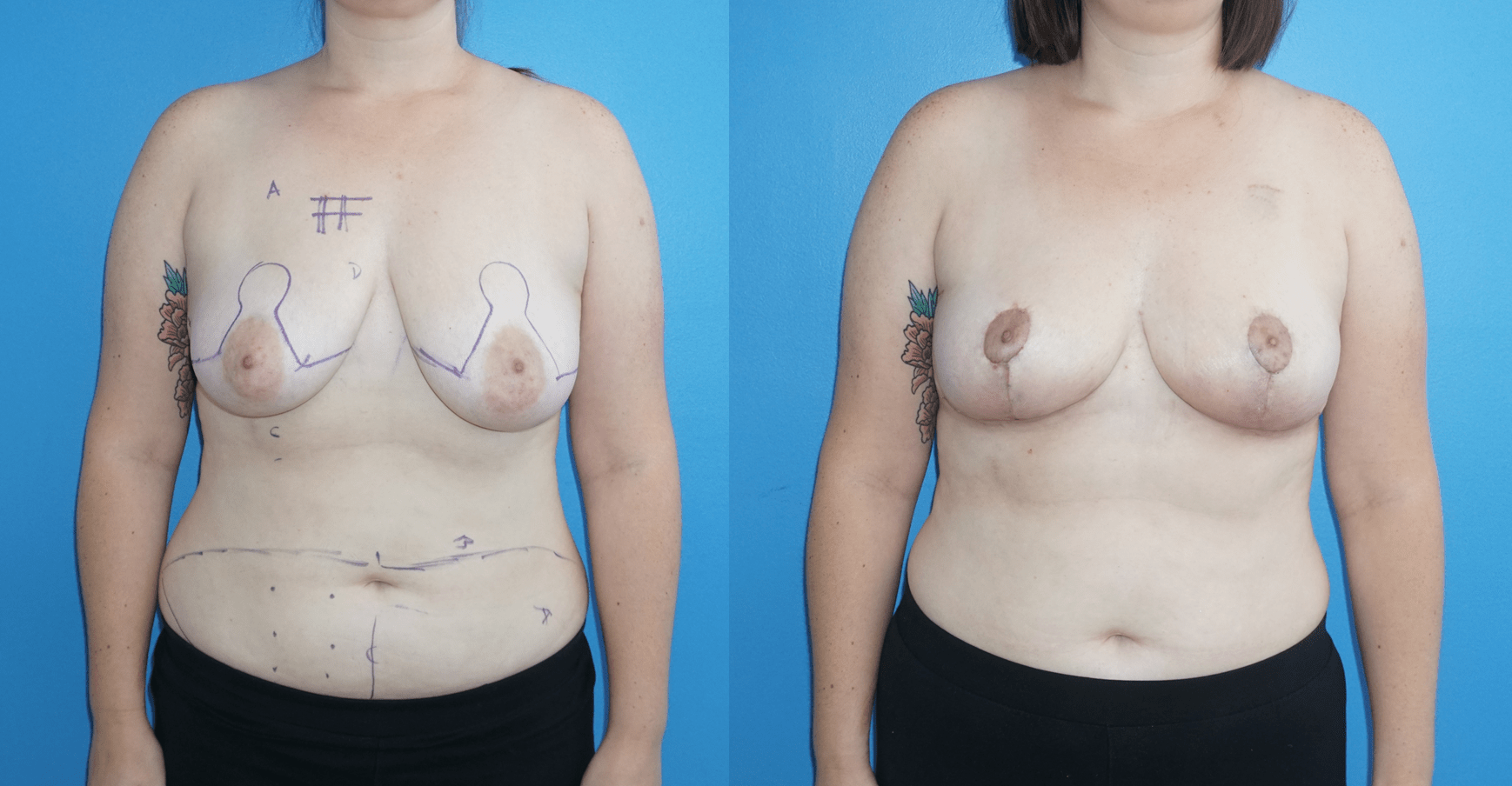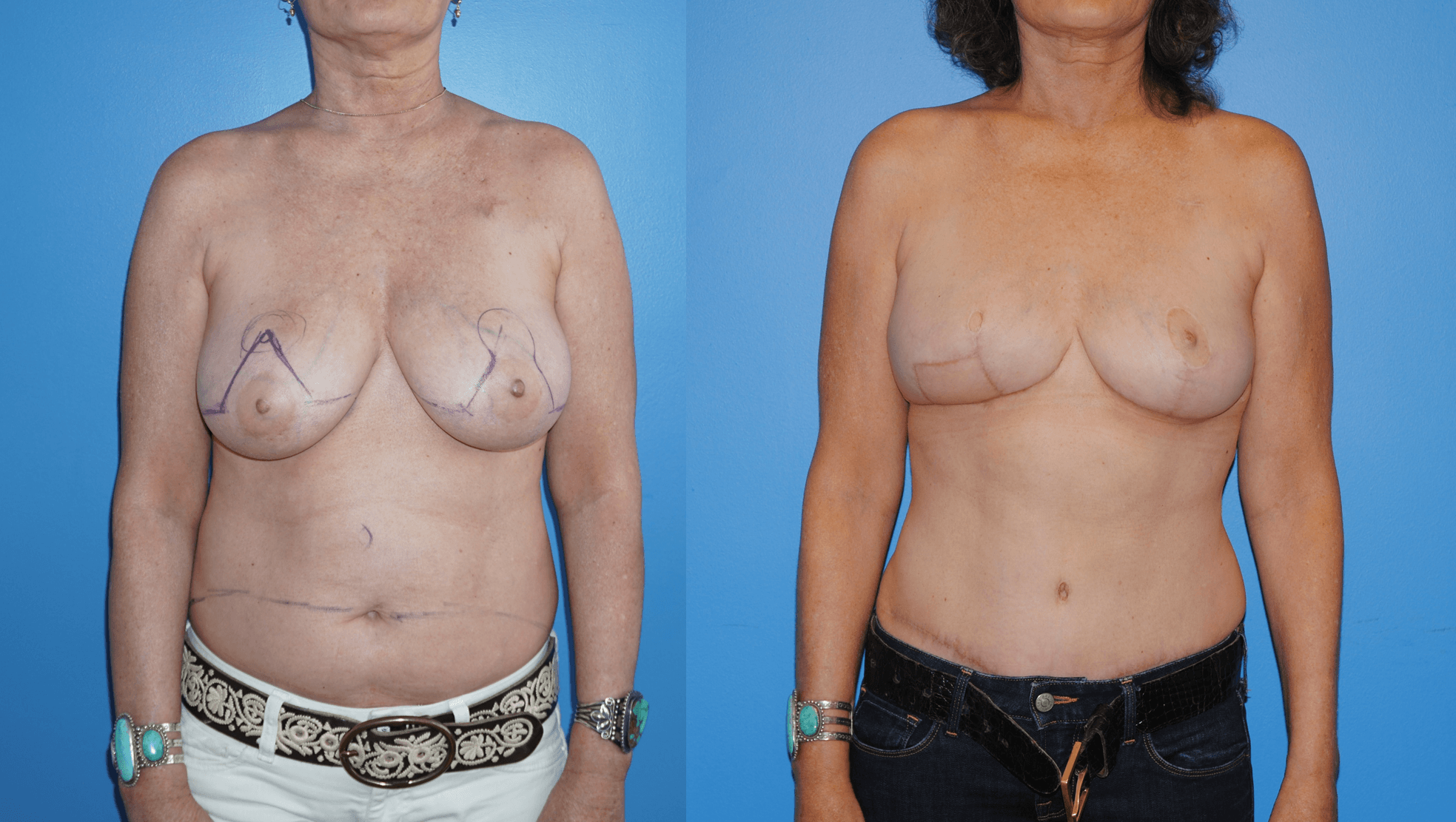Patients often undergo unilateral mastectomy. In these patients, depending upon the status of the contralateral breast, the contralateral breast is often best matched with a reconstruction using the patients own body tissues. Depending on previous surgery and on previous radiation, a small portion of the abdominal skin may be transferred to the mastectomy site, not only to monitor the blood…
